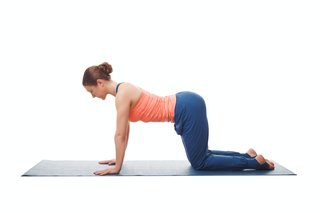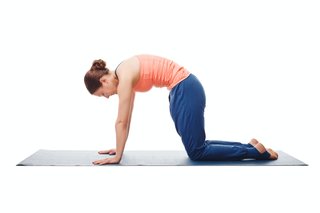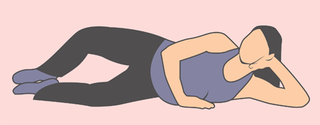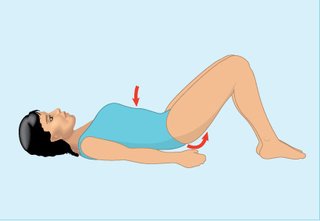Having a baby changes your body. This can affect how soon you can be active. Start getting active gradually and follow an exercise plan.
When to start physical activity
You can do gentle physical activity straight away or as soon as you feel ready after birth.
This includes:
- gentle walking
- gentle strengthening exercises
- pelvic floor exercises
Non-urgent advice: Talk to your GP before you start getting active if you had:
- any complication after giving birth that may have slowed down your recovery, such as an infection
Activities to avoid at first
Avoid high effort activity for the first 12 weeks after giving birth.
High effort activity includes:
- running and jogging
- circuit training
- team sports
Doing fast and intense activity before you are ready may lead to injury.
How to get active after pregnancy
Start with gentle physical activity after the birth. You can gradually do other activities between 6 and 12 weeks.
Week 1 to 6 after birth
Things you can do include:
- pelvic floor exercises - wait until 6 weeks after giving birth if you had a forceps or vacuum delivery
- correcting your posture
- gentle strengthening exercises
- walking regularly - you can start with a few minutes of walking and gradually build up to 30 minutes 5 days per week
Stay well hydrated, especially if you are breastfeeding.
Gentle strengthening exercises
Postnatal floor exercises help strengthen the muscles that support your posture.
From week 6 to 12 after birth
You can do:
- body-strengthening exercises, such as small squats, lunges, arm exercises and low intensity tummy crunches such as a chin tuck
- aerobic exercises, such as cycling on a level surface, walking faster and farther
Do not do difficult tummy exercises such as sit ups until 12 weeks after giving birth.
Be careful if you have stitches from a caesarean birth.
Wait until at least 12 weeks after birth before doing activities such as tummy crunches.
Activity where there is a lot of stretching can put too much strain on your stitches.
Low impact exercise
At 8 to 12 weeks you can begin doing higher intensity activities that are low impact.
Low impact exercises include:
- swimming - only if your vaginal discharge has stopped for at least 7 days and all your stitches and wounds are fully healed
- cycling on a level surface
- gentle aerobics
- light weights
If you had a caesarean birth, wait until at least 12 weeks after the birth before doing activities such as swimming.
From week 12 after birth
You will need to wait 3 to 4 months after your baby is born to increase the effort of your exercise.
Exercises you can do include:
- running and jogging - start very easy, slowly and build up your distance over time
- swimming longer distances
- cycling - you can introduce cycling on different gradients such as up hills
- exercise classes - tell your instructor that it has been 12 weeks since you gave birth




